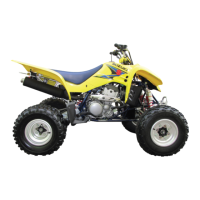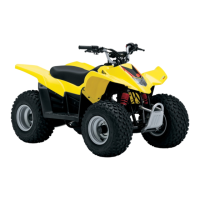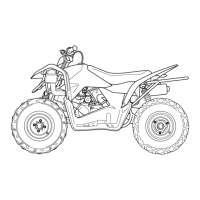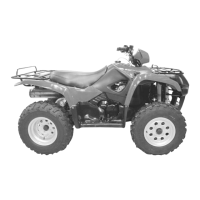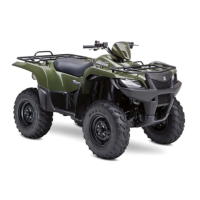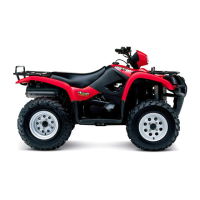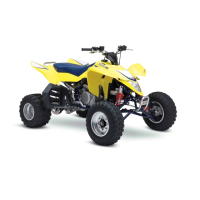4-12
FUEL
SYSTEM
CLEANING
A WARNING
Some carburetor cleaning chemicals, especially
dlp-
type soaking
solutions
, are very corrosive and
must
be handled carefully. Always
follow
the
chemical
man-
ufacturer's
instructions
on
proper use,
handling
and
storage.
• Clean all jets with a spray-type carburetor cleaner and dry
them
using
compressed
air.
• Clean all circuits of
the
carburetor thoroughly - not just the
perceived problem area.
Clean the
ci
rcuits in the carburetor
body with a spray-type cleaner.
If necessary, soak each
ci
r-
cuit
in
a dip-type cleaning solution to loosen dirt and varnish.
Dry
the carburetor
body
using compressed air.
I CAUTION I
00
not
use a wire
to
clean the
Jets
or
passageways. If
wire Is
used
,
the
jets and passageways
may
become
damaged.
If
the
components
cannot
be cleaned
with
a
spray-type
cleaner
it
may be necessary
to
soak the
components
in
a dip-type cleaning
solution.
Always
follow
the
chemical manufacturer
's
Instructions
for
proper
use
and cleaning
of
the
carburetor
compo-
nents.
• After cleaning, reassemble the carburetor with new O-rings.
I CAUTION I
Replace the removed O-rings
with
new ones.
INSPECTION
Check the following items for any damage or clogging. If any
damages are found, replace
the
damaged parts with new ones.
* Pilot jet • Piston valve
* Main jet * Starter jet
* Main air jet • O-ring
* Pilot air jet • Throttle valve
• Needle jet air bleeding hole * Diaphragm
• Float • Pilot outlet and by-pass ports
• Needle valve
* Valve seat
• Jet needle
• Needle jet
• Needle jet holder
" Vacuum hose
"Air vent hose
'Over flow hose
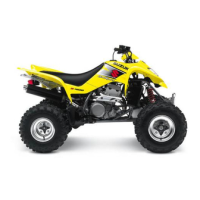
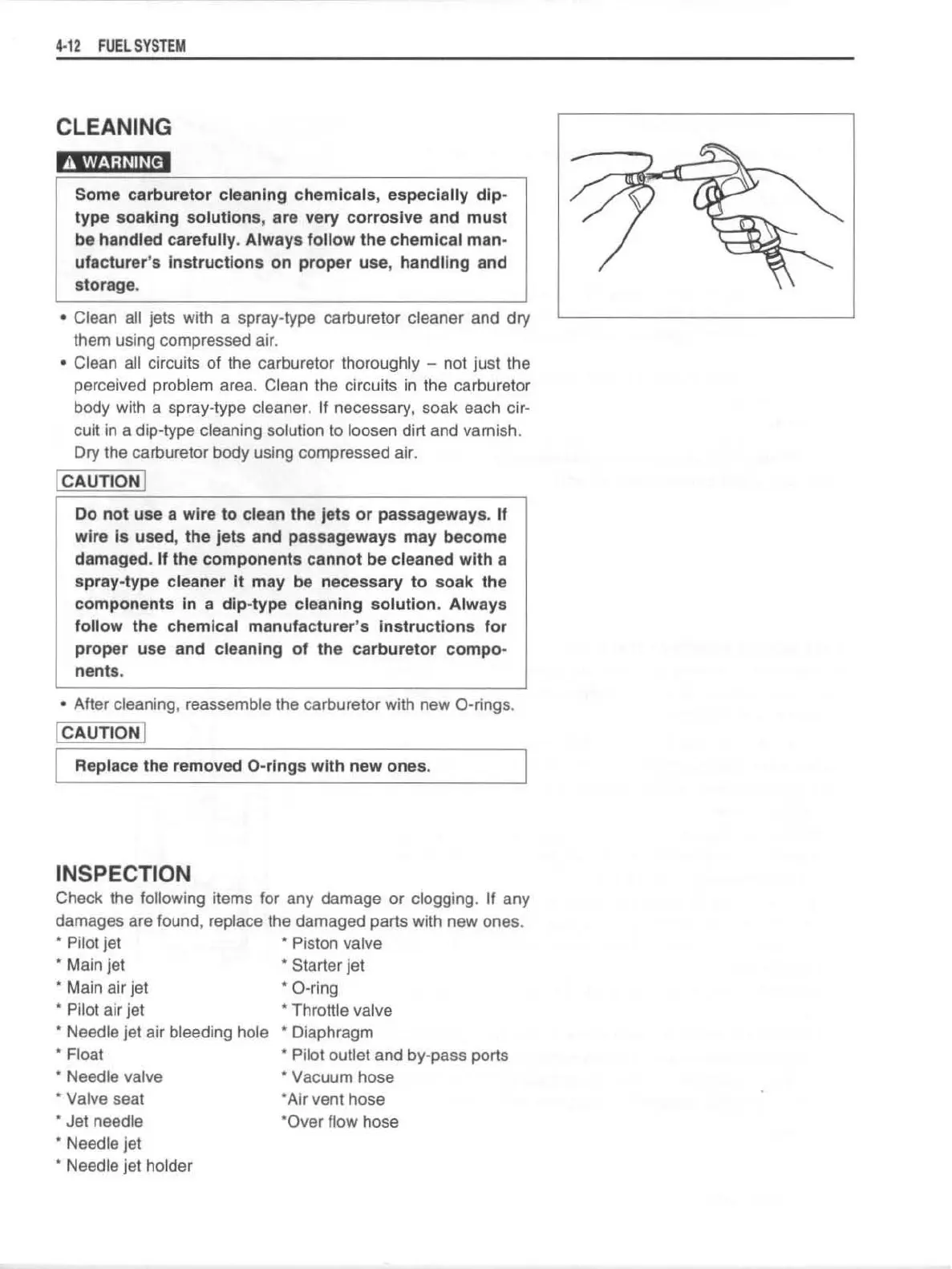